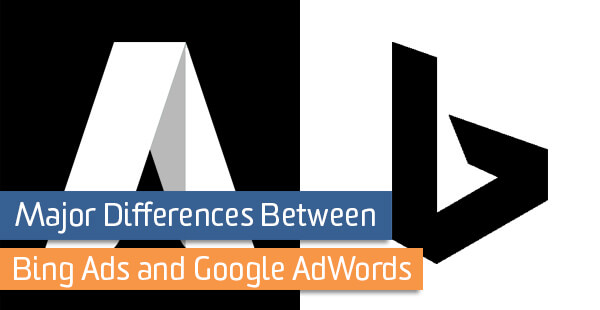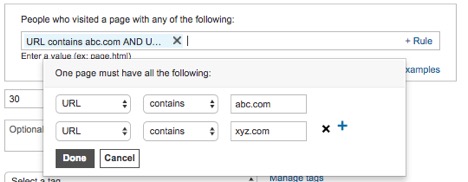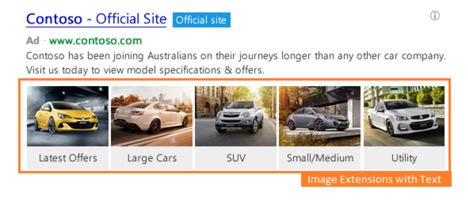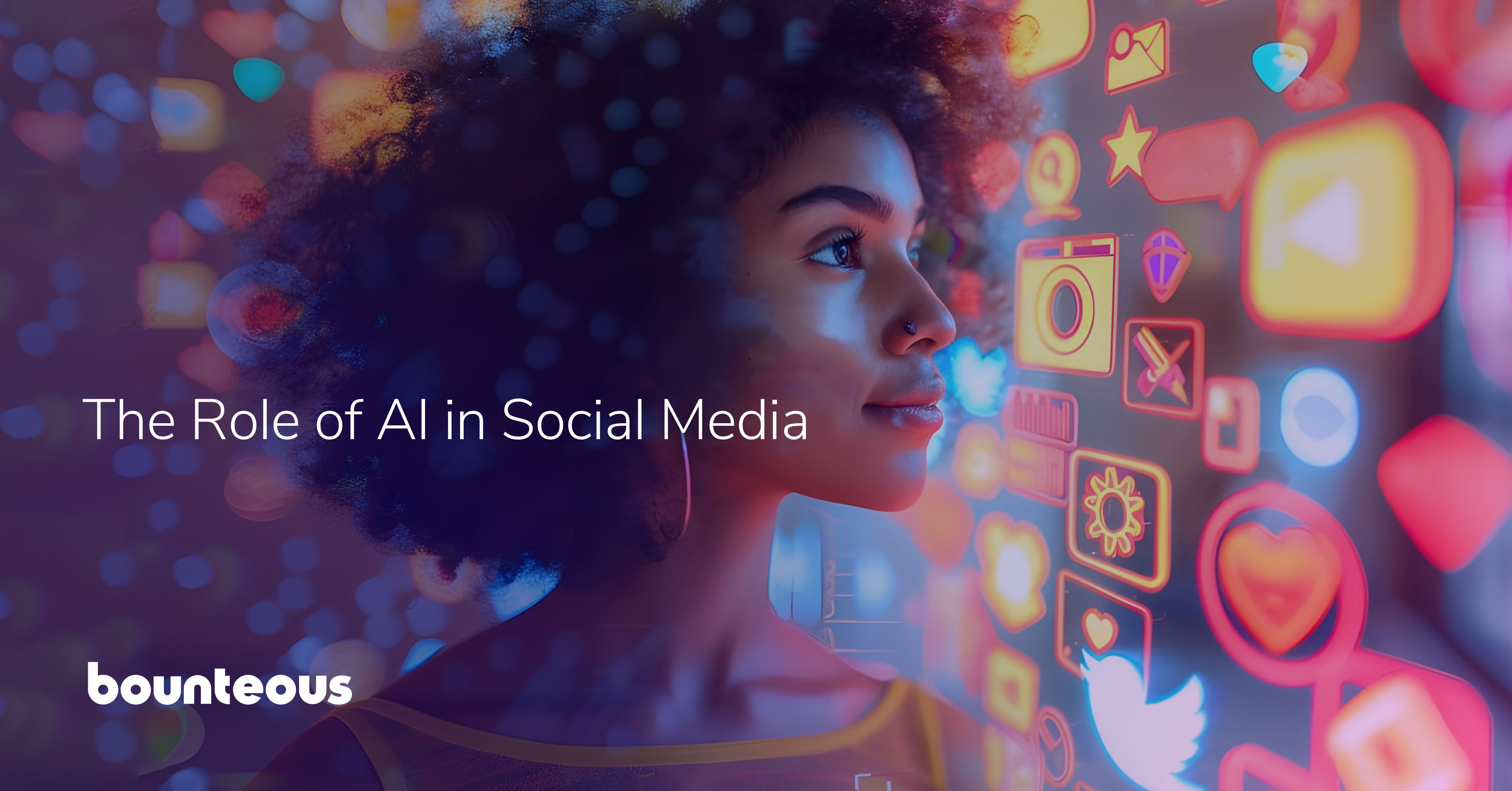Major Differences Between Bing Ads And Google AdWords

As a digital marketer, it’s so important that we test different advertising platforms for our company and our clients. We need to know which work best for which industries, demographics and, of course, budgets.
When I first created a Bing Ads account, I noticed some major differences between Bing Ads and Google AdWords. Hopefully, documenting those differences will help you adapt faster to one platform or the other and prepare you for laying out your future marketing plan.
TLDR Comparison
If you have less money to spend or work in a competitive industry, Bing might be a better option for you. You’ll reach less people, but potentially get more for the money you spend. You have to decide if the time lag is worth the savings.
Google is a great option if you want to reach more people and hope for an ad platform that’s easier and faster to manage. There are also more options for extensions here which boosts visibility. If you plan on remarketing, AdWords functionality is far superior.
Remarketing
There’s a significant difference between the remarketing functionality in Bing vs AdWords. Right now, Google takes the cake for speed, targeting and their offline Editor. Now, I’m not saying that Bing won’t catch up but, for the time being, their remarketing section needs some work.
Negative Audiences Don’t Exist In Bing
This one is complicated. In Bing, you can create an audience that has negative exclusions, but you can’t exclude an audience. For example:
I can make an audience where the URL contains “xyz.com” AND “abc.com”, like in the image below.

And I can create an audience where the URL contains “xyz.com” OR “abc.com”, like in the image below.

BUT I can’t create a single audience that I apply as a target AND as a negative target. If i create an audience that says URL does not contain X then I can only target that audience. Whereas in AdWords, I can make an audience and target it or add it as a negative. Bing doesn’t have those multipurpose audiences.
You Can’t Download Audiences From Bing
Because I can’t bulk edit audience in the interface, I tried to download the audiences so that I could edit in Excel and upload the new information. Nope, not an option.
Note: Thanks to the newest release of Bing Ads Editor (version 11.7), you can now bulk edit audiences. Thank you, Bing!
Bing Ads’ Reach Is Lower for Display Advertising
If you want to do any Display advertising, be aware that your ads will only be served on Windows apps (for desktop and mobile). Bing no longer has a partner network. This will decrease the amount of people you can reach with your Content Ads.
Bulk Edits Are Easier In AdWords Editor
Generally, it is much harder to make bulk edits in the Bing Editor than it is in the AdWords Editor. The manager is required to go into every ad group individually to make changes; whereas in AdWords Editor you can select multiple ad groups or campaigns at a time and make changes to all of them.
Extensions Vary
Google has more extensions and therefore more opportunities for you to convey information that might entice people to click on your ad. However, Bing has a lot of the popular extensions you would find in AdWords like call, callout, review, structured snippet and location.

A major differentiator for Bing is their Image Extensions. This extension allows you to upload six images with your ad copy and any other extensions. There can be 1-6 images displayed alongside your text ad, or one for each sitelink, etc. I haven’t tested this yet, but I would imagine the images help to create a higher CTR. AdWords doesn’t have these, but I’m sure they will release something similar.
Search Term Reports
Search Term reports are more functional in AdWords than in Bing.
In AdWords, the report is located in the keyword section of each Campaign/Ad Group. You can check a term and add it as a keyword or negative keyword right there in the interface.
In Bing, the report can be found in the Reports section. You must choose your account, Campaign, Ad Groups, etc. Then you will be provided a search term chart that you can view or download. You can also generate a Search Term report by checking the keywords you want and clicking Detail and then Search Term from the drop down menu.
This chart has something that AdWords doesn’t… it matches the search term with your keyword so you don’t have to figure it out.
More GEO Control with Bing
Bing has more granular targeting at the campaign and Ad Group level for ad scheduling, network, location and language. Google has this functionality too, but you have to set them at the campaign level. Whereas with Bing, you have the freedom to control them at the ad group level. Bonus points for Bing!
Bing Still Has Sidebar Ads
Google removed their sidebar ads on desktop earlier this year, which caused a lot of commotion amongst digital advertisers. People thought they were going to have a very hard time getting their ads in front of people, but it turns out it wasn’t that big of a deal. It did increase the cost a bit, but traffic and CPCs remained about the same.
So, if you’re worried about not being able to get your ad in front of people, you can advertise on Bing. The search engine still has ads on the sidebar AND they’re Extended Text Ads (ETAs), which is an extra bonus for you, because you get better visibility, more placement options, and lower CPV. Bing also duplicates the first 3 ads at the top of the page on the bottom. Double visibility for you!
Bing Ads Has Less Competition
Don’t be quick to exclude Bing Ads from your marking strategy because Google owns the majority of the market share. Because Bing is the second most popular search engine, it has lower market share, which means lower reach. But that also means you might also have less competition to worry about (depending on your product/service/industry). Do a quick Bing search for your product or service and see how many advertisers come up. Lower competition can lead to cheaper CPCs, a better ad position and potentially higher CTRs.
AdWords Is Faster
Doing anything in the Bing interface or in the editor is time consuming because it takes a few seconds longer than it does in AdWords to complete each task. A few seconds shouldn’t be a big deal, but if you have many accounts and many changes to make, that few seconds can turn into an extra hour of edits.
Disclaimer: To be fair, I am an impatient person (darn those millennials with their short attention spans), so it might not bother you as much as it bothers me. Don’t avoid trying Bing Ads just because of this section.
Conclusion
AdWords is not better than Bing Ads or vice versa. They are just different. Depending on your industry, competition, attention span and many other factors, one platform might work better for you than the other.
Allocate some of your marketing budget for testing in Bing Ads. Set up the same campaigns that you have in AdWords with the same budget and bids and see which one performs better. You might be surprised.


